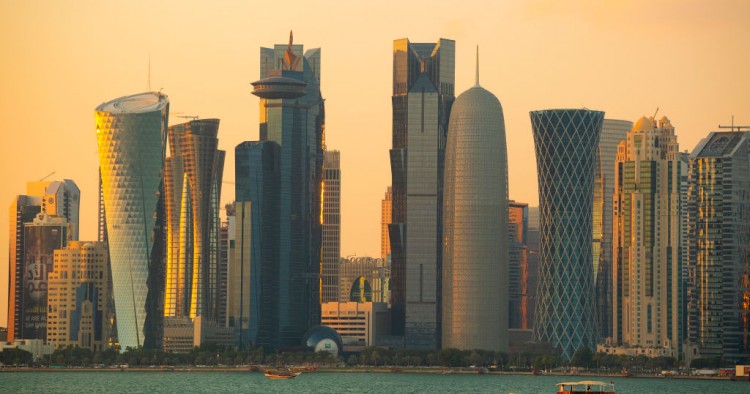Qatar finds itself caught quite suddenly in a financial perfect storm and is moving ahead with plans to issue $5 billion in bonds to shore up its finances. Just this past December, Qatar felt relatively flush. It announced its largest budget ever. It started work on expanding its liquefied natural gas (LNG) capacity by 30 percent, to regain its lead as the world’s largest producer. It continued to build large infrastructure projects to host the FIFA World Cup in 2022. And it could brag that its sovereign wealth fund (SWF), the Qatar Investment Authority (QIA), was among the world’s largest with over $350 billion in assets.
However, cratering demand for Qatar’s main exports due to COVID-19 has reduced its income to a fraction of what it was last year, at a time when international competition from the U.S. and Australia was increasing rapidly. Consequently, LNG has declined to below $3/MMBtu-delivered, natural gas liquids like butane and propane are also falling, and crude oil has lost half of its value in a month.
Qatar’s nest egg, however, is held in very illiquid assets, such as shares on global stock markets, private ownership of companies, and large real estate holdings worldwide. If Qatar were to mark its assets to market today, their value would decline very substantially. And should it seek to monetize any of these assets, the country would have to absorb major losses.
At the same time, if Qatar wishes to bring its major projects to fruition, it will need tens of billions of dollars, and if it does not, the country would lose much credibility. For example, were it to halt its expansion of LNG production, for which there is no market at present, this would allow Australian and American producers to become as or more dominant than Qatar. The other main projects are related to the 2022 World Cup. It is hard to imagine the tournament will attract many people given that the world will likely still be recovering from what promises to be a deep, profound, and destructive recession. Thus, the World Cup infrastructure may end up becoming a series of white elephants for a country of just 300,000 citizens. However, abandoning these projects would be a major loss of face for the country and its leadership.
With no likely source of income for the near future, Qatar’s alternatives are to sell its assets at a great loss, cancel major projects, or borrow money. It seems, therefore, it is best to borrow money.
Jean-François Seznec is a non-resident scholar at MEI, a non-resident senior fellow at the Atlantic Council, and an adjunct professor at Johns Hopkins’ School of Advanced International Studies.
Photo by David Ramos - FIFA/FIFA via Getty Images
The Middle East Institute (MEI) is an independent, non-partisan, non-for-profit, educational organization. It does not engage in advocacy and its scholars’ opinions are their own. MEI welcomes financial donations, but retains sole editorial control over its work and its publications reflect only the authors’ views. For a listing of MEI donors, please click here.













